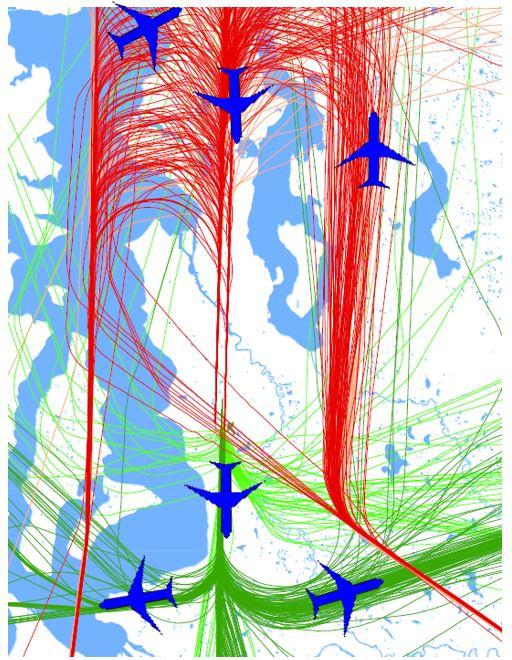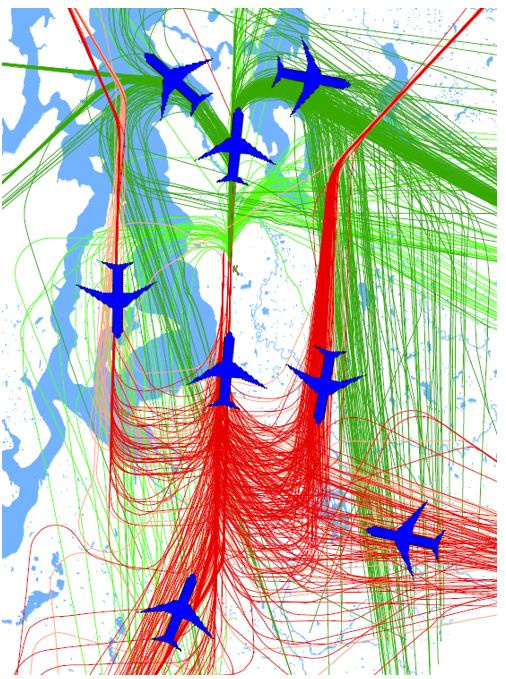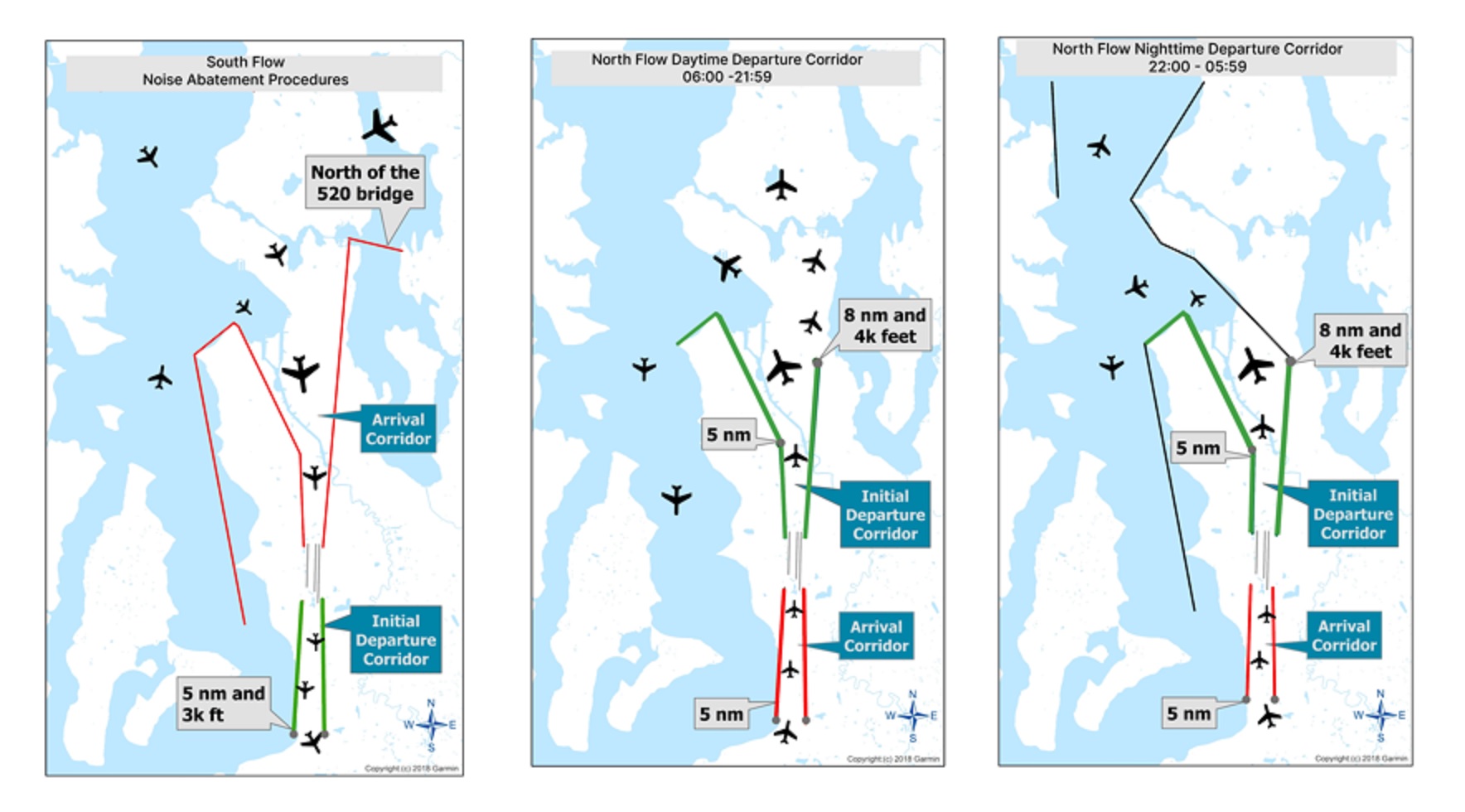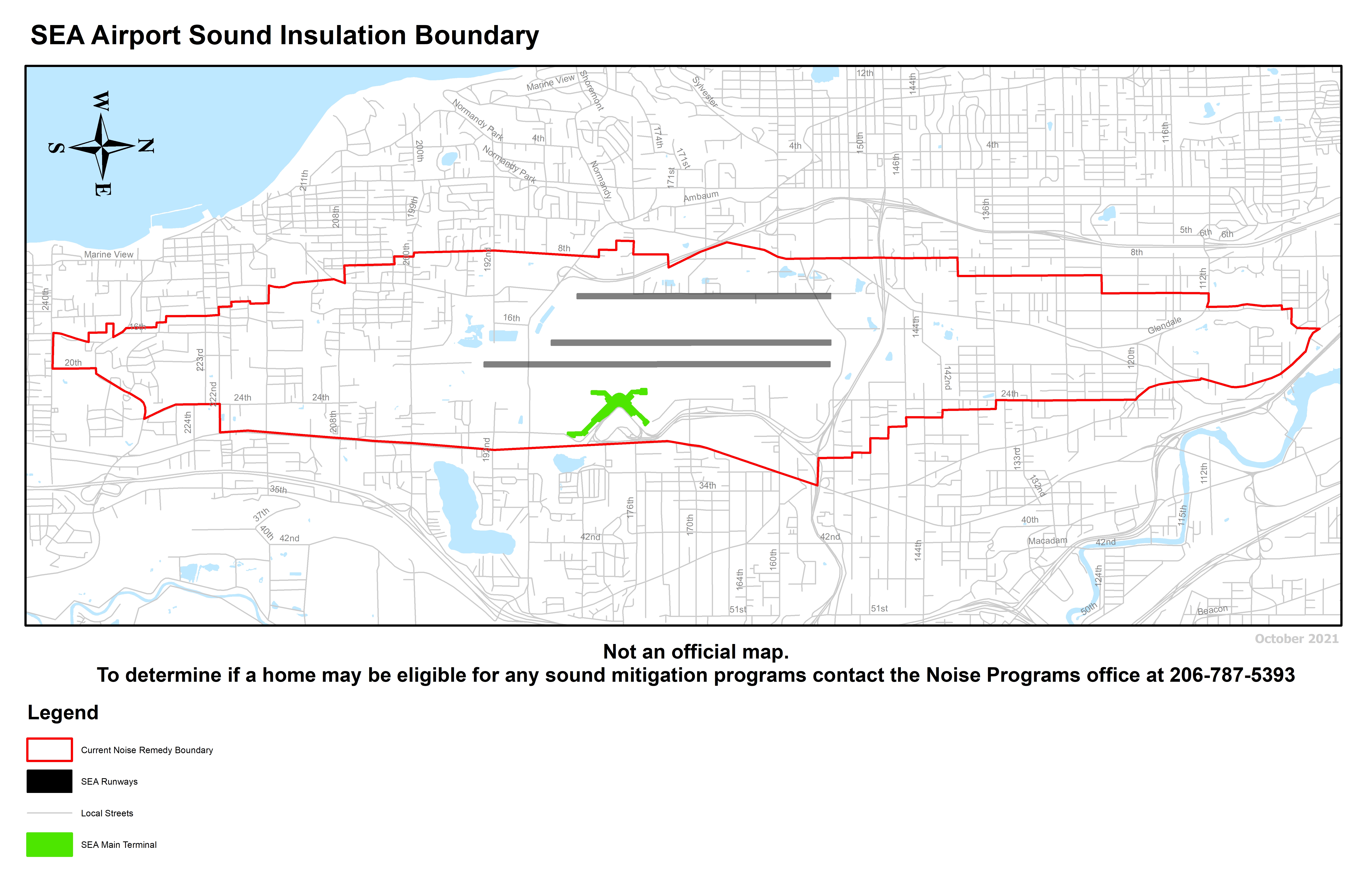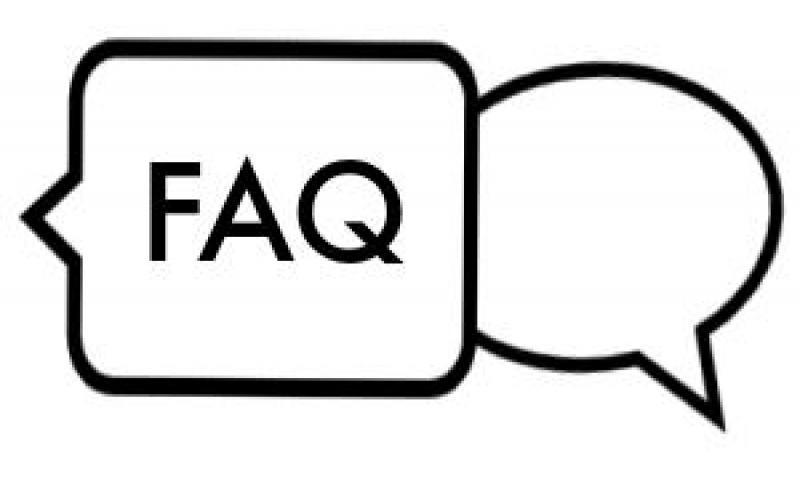Part 150 refers to a regulation issued by the FAA. A Part 150 Noise and Land Use Compatibility Study is designed to identify significant existing and future noise impacts from aircraft operations within areas surrounding airports and to propose steps for consideration by the FAA to address those impacts. This is a voluntary effort undertaken by airports under FAA guidelines.
The Noise Remedy Boundary is an outcome of the study and becomes the basis for delineating which dwellings potentially qualify for future programs.
The last Part 150 Study was completed and published in 2014.
An update to our Part 150 began in 2024.

